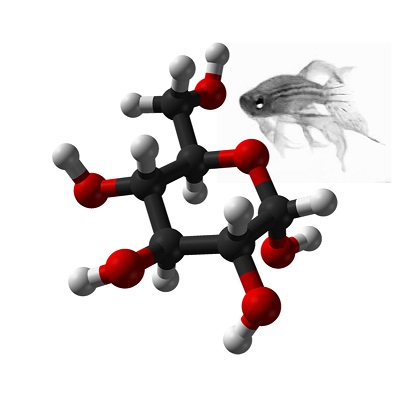Bale, Tracy L, Frank J Giordano, Reed P Hickey, Yan Huang, Anjali K Nath, Kirk L Peterson, Wylie W Vale, and Kuo-Fen Lee. 2002. “Corticotropin-Releasing Factor Receptor 2 Is a Tonic Suppressor of Vascularization”. Proc Natl Acad Sci U S A 99 (11): 7734-9.
Abstract
Angiogenesis is regulated by means of a balance between activators and inhibitors. However, little is known regarding the regulation of the quiescent state of adult vessels. Corticotropin-releasing factor receptor 2 (CRFR2) is found in both endothelial and smooth muscle cells (SMCs) in the vasculature, where its function has remained elusive. We have investigated the role of CRFR2 as a determinant of tissue vascularization by comparing control and CRFR2-deficient mice with immunohistological and morphometric techniques. To define the mechanisms responsible for CRFR2 inhibition of angiogenesis, we have also examined in vitro the effect of ligand activation on cell proliferation, cell cycle protein phosphorylation, and capillary tube formation. Our results demonstrate that mice deficient for CRFR2 become hypervascularized postnatally. Activation of this receptor in vitro results in reduced vascular endothelial growth factor (VEGF) release from SMCs, an inhibition of SMC proliferation, and inhibition of capillary tube formation in collagen gels. Treatment of a subcutaneously injected gel matrix with a CRFR2 agonist inhibits growth factor-induced vascularization. Western blots show that cell cycle retinoblastoma protein, which is essential for cell cycle progression, is decreased by CRFR2 agonist treatment in SMCs. These results suggest that CRFR2 is a critical component of a pathway necessary for tonic inhibition of adult neovascularization. CRFR2 may be a potential target for therapeutic modulation of angiogenesis in cancer and ischemic cardiovascular disease.
Last updated on 03/22/2023
